By William E. Welsh
The weary Union foot soldiers tramped north toward Goldsboro the morning of March 19, 1865. Foragers who had gone out at sunup reported the heavy presence of Confederate cavalry on the route of march. The muddy road slowed their progress, and the front of the column kept a sharp eye out for a Rebel ambush in the woods near the road.
The men belonged to Maj. Gen. Henry Slocum’s Army of Georgia, which constituted the left wing of Maj. Gen. William T. Sherman’s army, whose basic objective was to march all of the way through the Carolinas and cross into Virginia to join up with Lt. Gen. Ulysses S. Grant’s forces in the Old Dominion.
Waiting for the Yankees astride the road were approximately 5,500 butternut infantry under Maj. Gen. Robert Hoke. They hailed from the Carolinas and Georgia, and they were eager to do battle with the Northerners who had invaded their home states. Hoke had concealed his troops in thick undergrowth on Willis Cole’s plantation a short distance from Bentonville. General Joseph E. Johnston, who was the overall Confederate commander, had instructed Hoke to block the Union advance. While the Yankees engaged Hoke, Lt. Gen. William Hardee’s western army was to fall on its left flank.
The division at the front of Slocum’s column belonged to Brig. Gen. William Carlin of the XIV Corps. Carlin’s skirmishers had sparred with Confederate cavalry as the column advanced. The Rebel horsemen began to fight more tenaciously on the Cole plantation, so Carlin ordered Brig. Gen. Harrison Hobart to deploy his bluecoats in a battle line and sweep east across the plantation north of the road. Suddenly, the Rebels emerged in a long line and fired crashing volleys into Hobart’s ranks. Confederate guns also opened up on the head of Slocum’s column.
Carlin quickly sent his other brigade north of the road. Advancing to support him were Brig. Gen. James Morgan’s two brigades, which shook themselves into battle lines south of the road. The Rebels pressed their attack. Carlin’s men fought stubbornly for a time, but fresh Confederate forces belonging to Hardee’s corps crushed the Union left flank sending Carlin’s regiments streaming back the way they had come. Only when fresh troops from the Union XX corps arrived late in the afternoon were the Union troops able to hold their ground.
Johnston had hoped that together Hoke and Hardee could destroy a substantial part of Slocum’s army, but Hardee had been late in getting into position and the element of surprise had been lost. As a result, his attack was substantially weakened because the Union forces had already deployed for battle. It was a lost opportunity. There would not be any more like it at the Battle of Bentonville or elsewhere.
Johnston went on the defensive while Sherman united the two wings of his army. Although Sherman’s 60,000 troops heavily outnumbered Johnson’s 20,000 men, “Uncle Billy” chose to outmaneuver Johnston. The Johnston withdrew his army. He also sent a message to General Robert E. Lee informing him that although he could continue to harass Sherman, he would not be able to stop Sherman’s northward march.
Bentonville Battlefield State Historic Site is located at 5466 Harper House Road in Four Oaks, North Carolina. The park is open Tuesday through Saturday from 9 AM to 5 PM. The visitor center has a short audio-visual program that gives an overview of the battle and shows the troop movements on a fiber-optic map.
The three-day Battle of Bentonville is unique in that it was the last major battle of the American Civil War. Visitors can take a driving tour that takes them to key sites where major action occurred. The Morgan’s Stand Stop is where the Confederate line was posted in a concealed position on the first day waiting to spring the ambush on Slocum’s column. The Confederate High Tide stop allows visitors to see where the Confederates attacked the head of Slocum’s column driving it back on the first day. Mower’s Charge stop is where the Yankees almost nabbed Johnston on the last day of the battle.
The Harper House, which served as a Union field hospital, is open to the public. The Harper House was situated behind Union lines on the first day of the battle. A section of the Union trench line is located near the house.


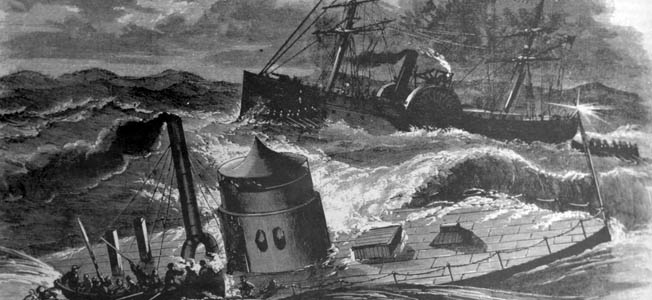
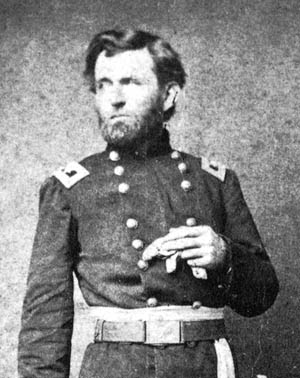
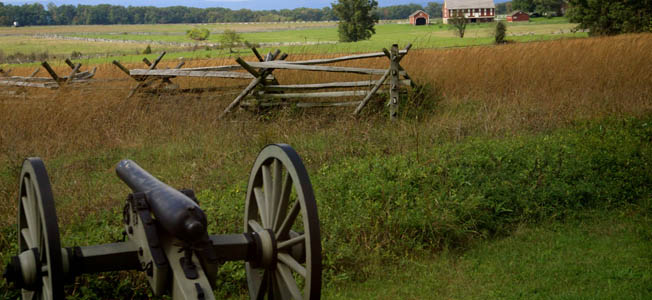
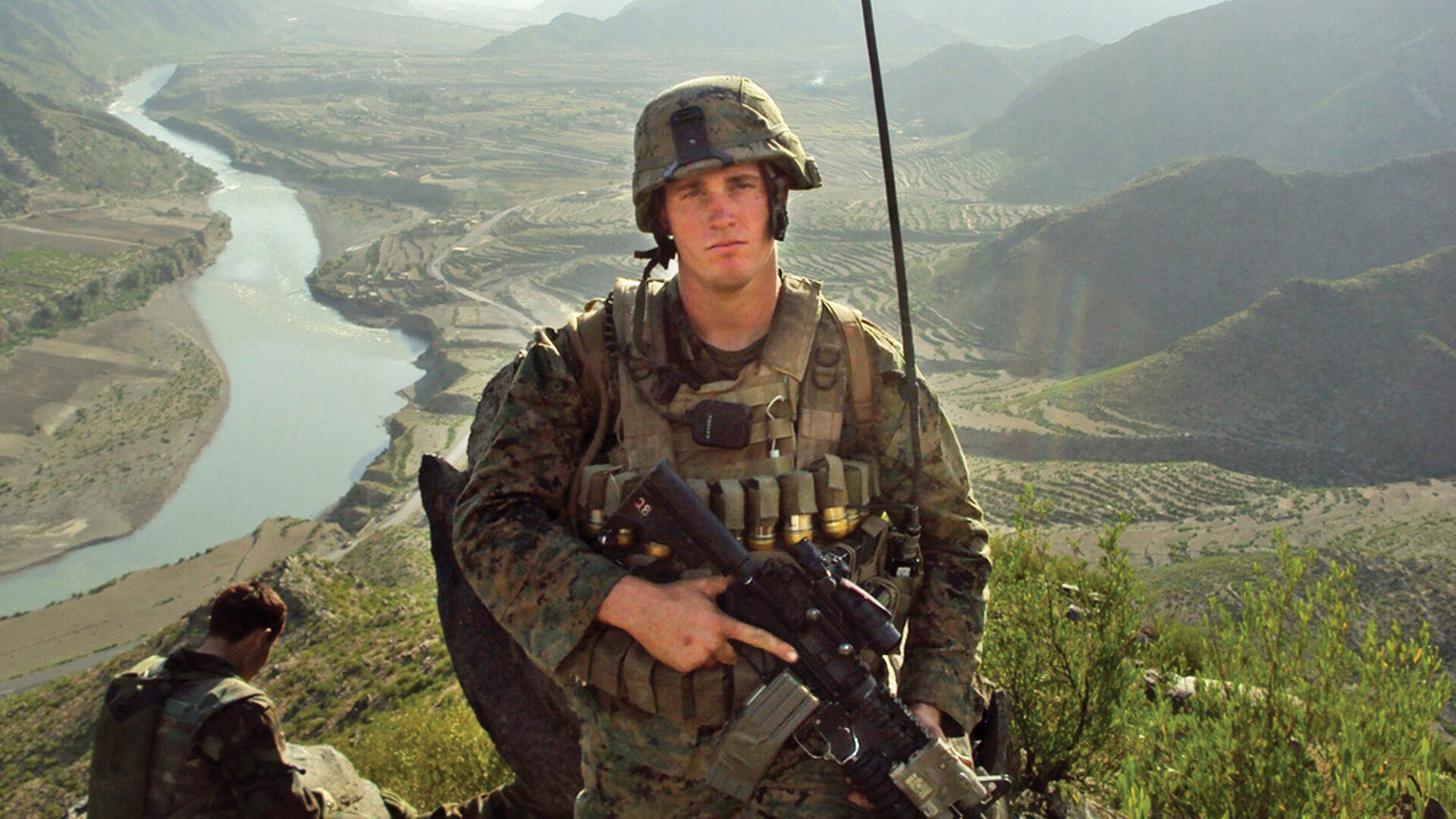
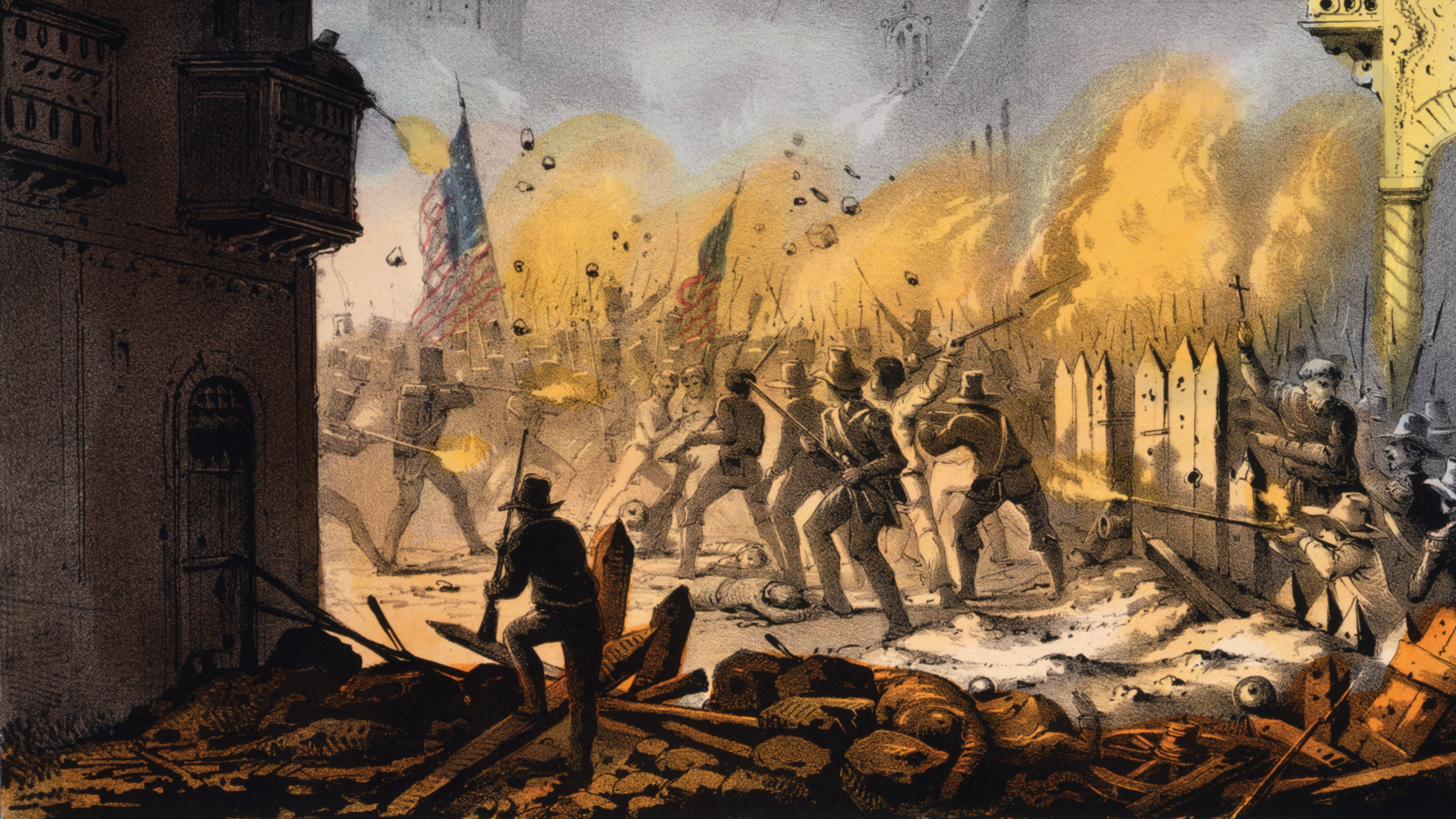
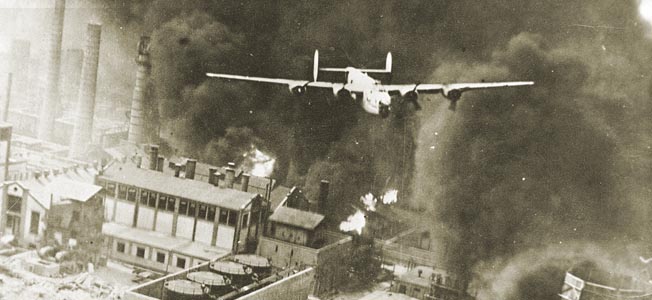
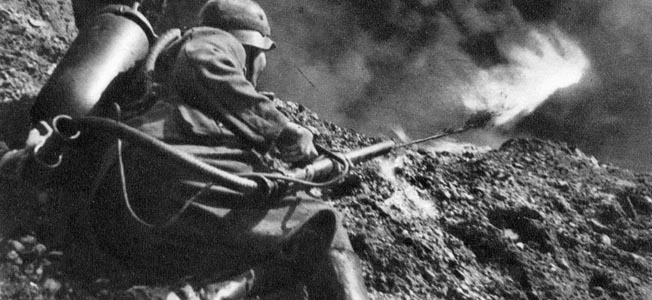
Join The Conversation
Comments
View All Comments